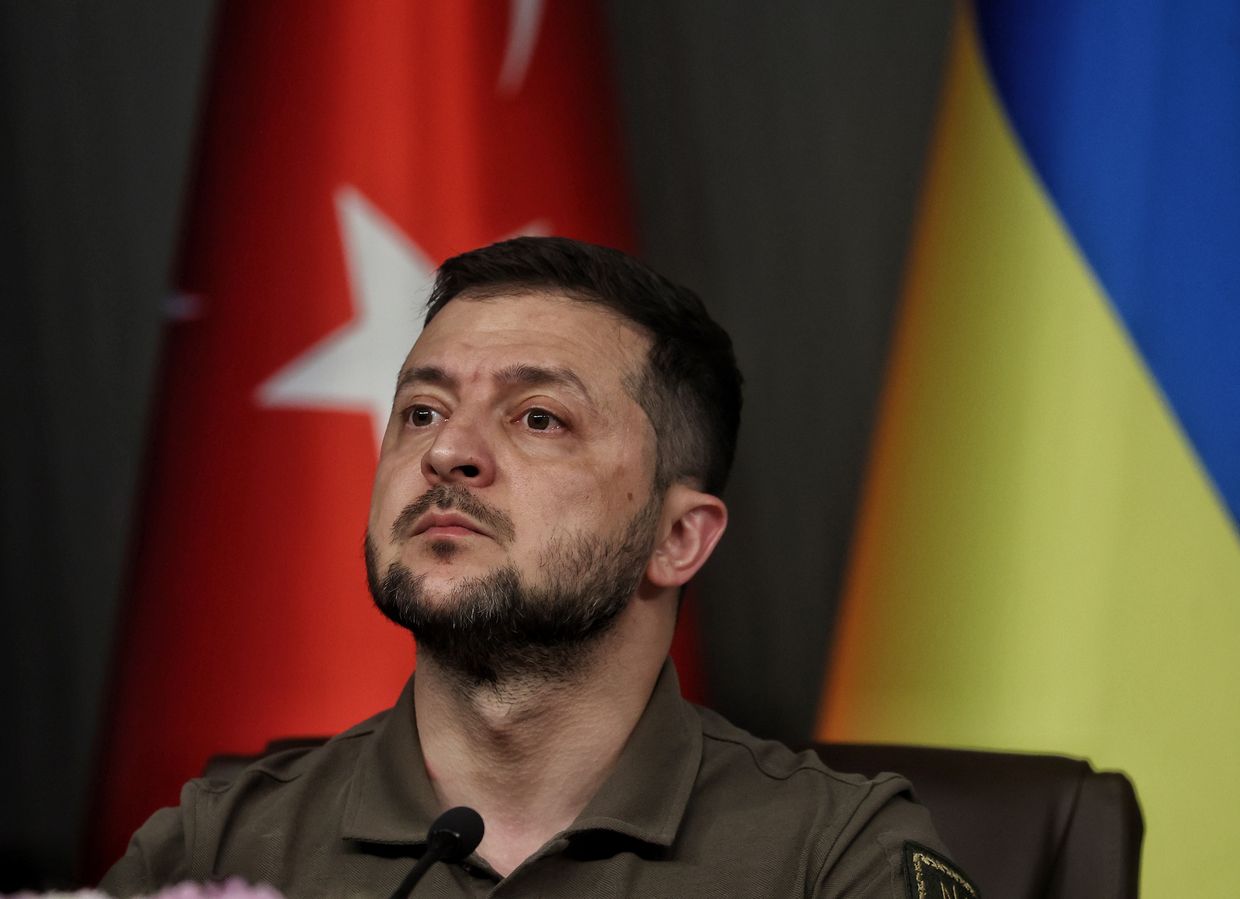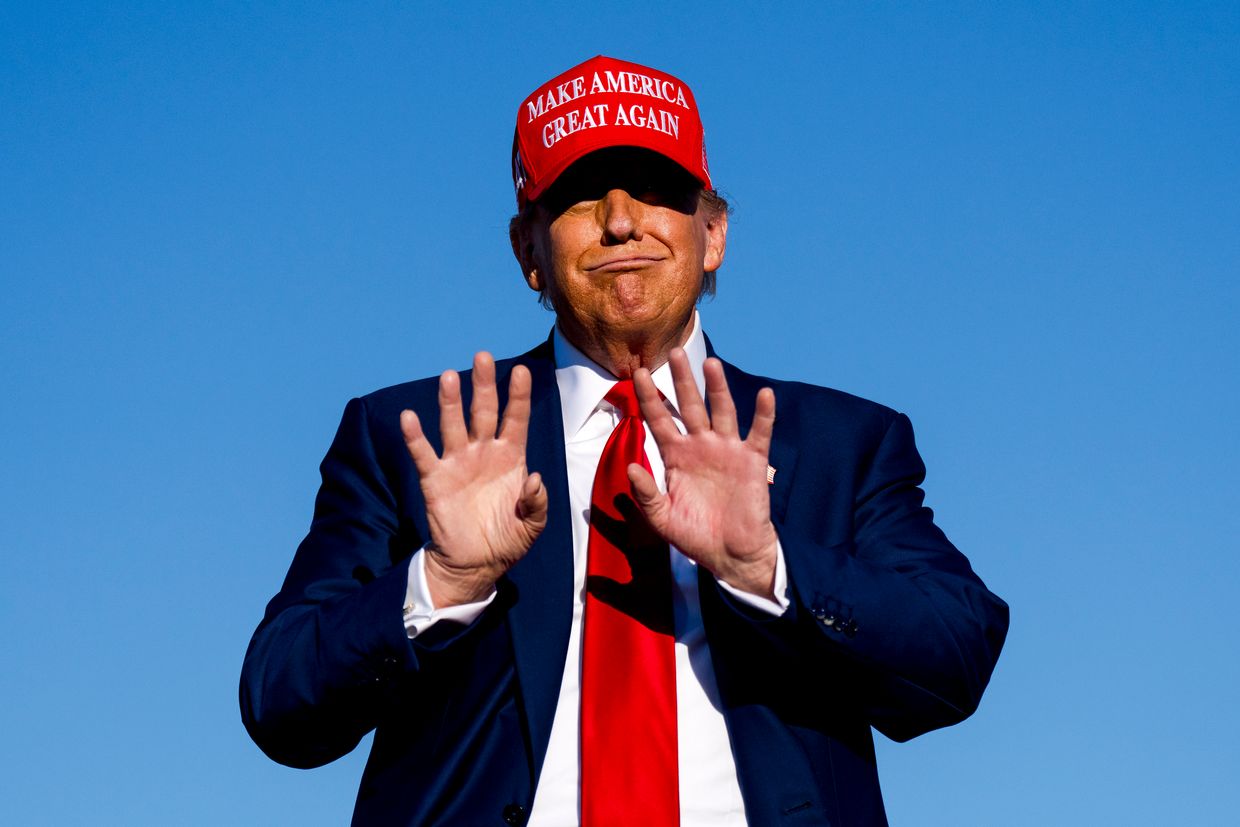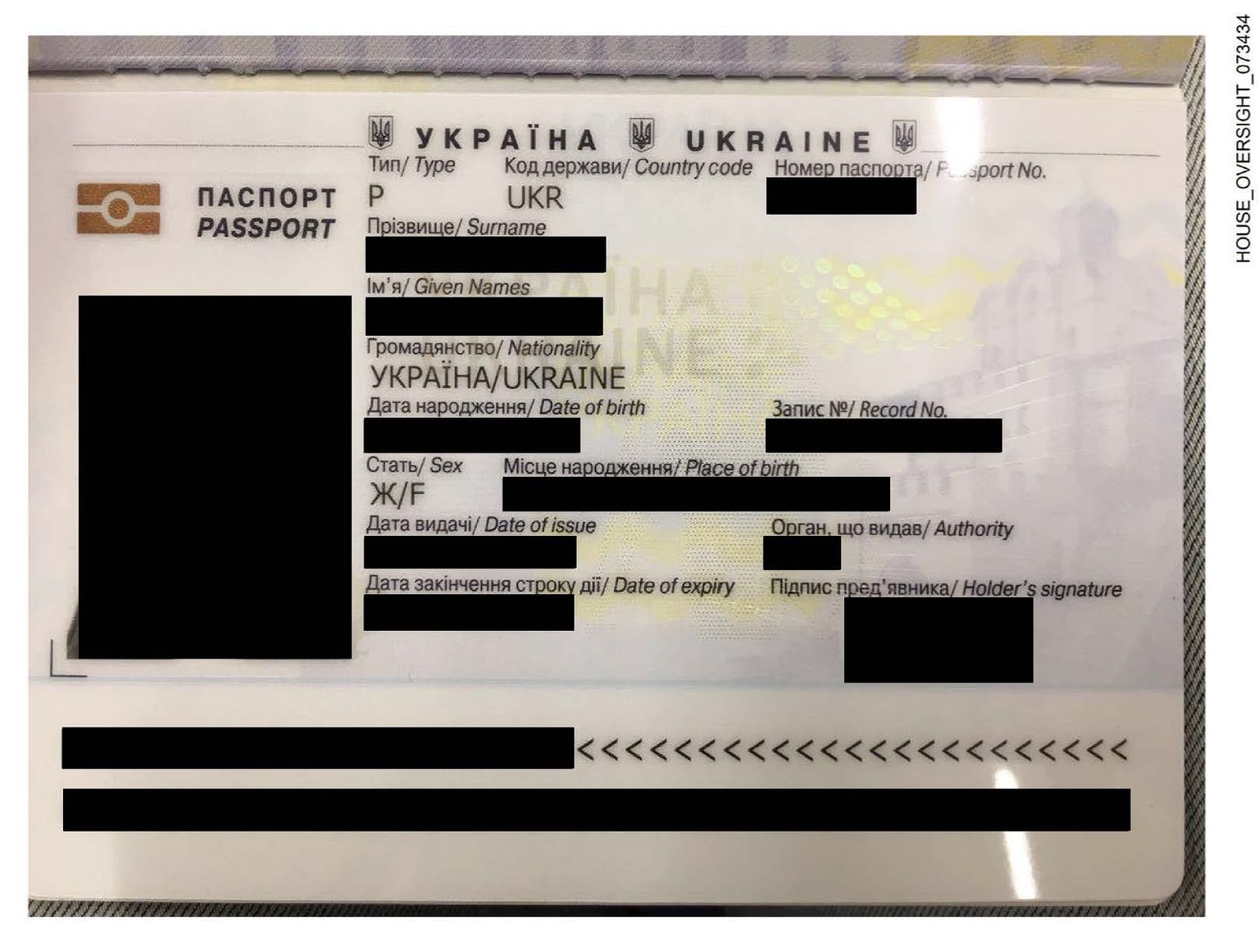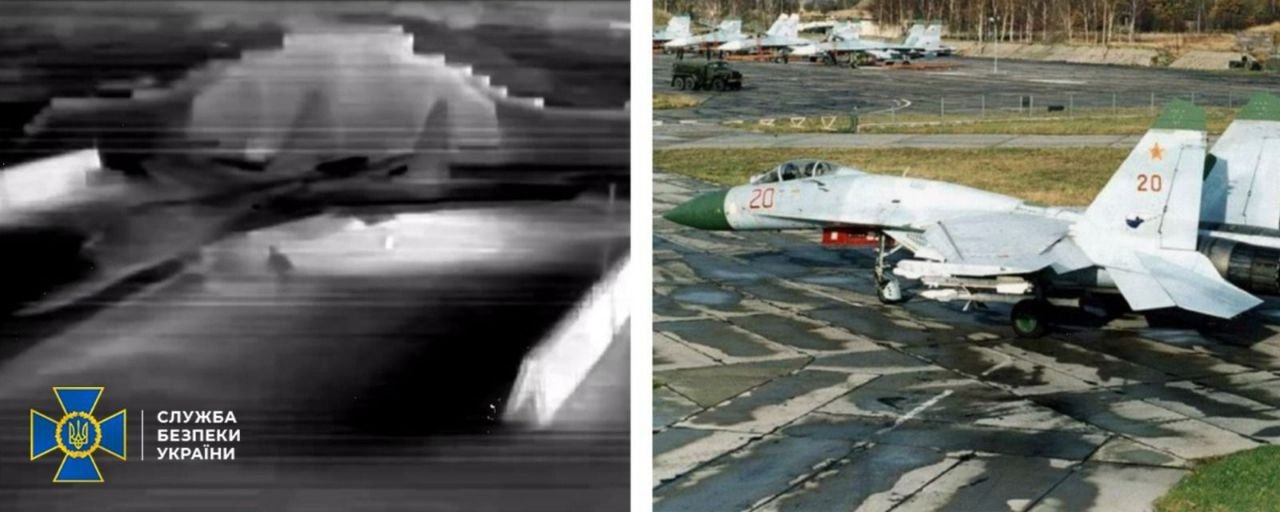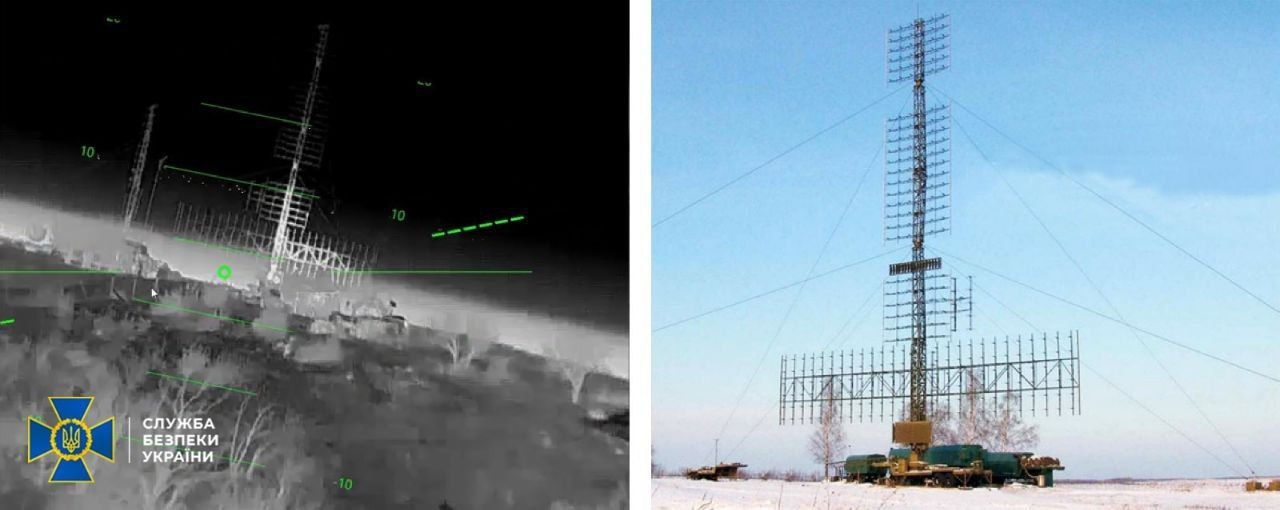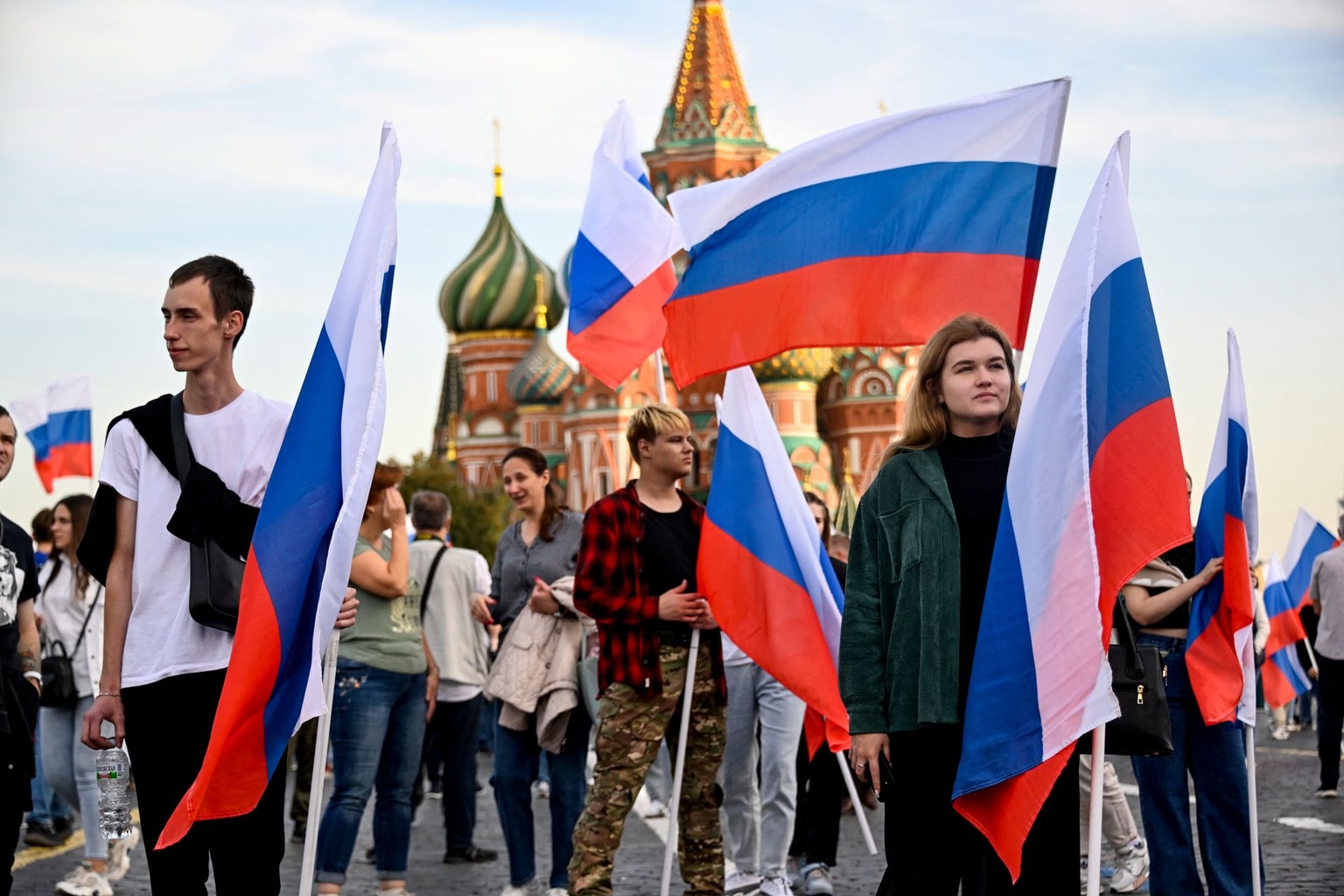
Trump wants $500 billion of Ukraine’s ‘rare earths’ — What are these critical minerals?
A dumper truck moves iron ore at a Ferrexpo excavation site near Horishni Plavni, Poltava Oblast, Ukraine, on July 11, 2019. (Evgeniy Maloletka/Bloomberg via Getty Images)
President Donald Trump declared on Feb. 3 that he was looking to "do a deal with Ukraine" by giving the war-torn country weapons and aid in return for its "rare earths."
"They're going to secure what we're giving them with their rare earths and other things," Trump told reporters in the Oval Office on Feb. 3. "I want security of the rare earths, and they're willing to do it," he said.
More details on Trump's plan emerged a week later. "I told them that I want the equivalent of like $500 billion worth of rare earth (minerals), and they’ve essentially agreed to do that," the U.S. president said in an interview with Fox News published on Feb. 10.
It remains unclear exactly what Trump meant by “rare earths and other things.” Ukraine is home to 20 of the world’s critical minerals and metals like titanium used in the aerospace and defense industries and lithium, an essential component of electric vehicle batteries.
Ukraine also possesses rare earth elements — under which titanium and lithium do not fall — such as cerium, yttrium, lanthanum, and neodymium. Demand for these materials has jumped in recent years as the world shifts to renewable forms of energy. Rare earth elements are crucial for making the powerful magnets used in wind turbine generators.
Trump’s interest in Ukraine’s critical materials may lie in China’s current dominance over the rare earth elements market. China controls 70% of global rare earth mining capacity and 90% of processing capacity. With his “America First” agenda, the new U.S. president may be looking to fuel American competitiveness by gaining an upper hand over Beijing.
The global market for critical minerals is $320 billion and could double in the next five years, according to the World Economic Forum.
For Kyiv’s part, President Volodymyr Zelensky has positioned Ukraine’s natural materials as part of a peace plan. Reports late last year said Zelenksy’s team had even delayed a deal on critical materials with former President Joe Biden’s team so it could offer it to Trump in case he won the elections.
But the quantity and extent of Ukraine’s critical materials remain uncertain. Further exploration is needed to better understand their viability. What’s more, Russia occupies large swaths of Ukraine’s resource-rich territory.

What valuable minerals does Ukraine have?
Ukraine’s critical materials deposits are estimated to be worth $12 trillion, which could help expand the concentrated raw material market. The figure jumps up to $26 trillion when including all its natural resources like coal and natural gas.
The country’s numerous rare earth deposits are mostly spread across its central regions but are underdeveloped and the total value is unknown, according to an analysis from the Kyiv School of Economics (KSE). Russia also currently occupies 33% of Ukraine’s rare earth sources.
The $12 trillion figure, which was touted at the Davos forum last month, should be taken with a grain of salt. Much of these reserves are unexplored and the quality and quantity of the resources are speculative.

Raw critical materials across Ukraine’s government-controlled territories amount to nearly 120 million metric tons of explored or partially explored reserves and 305 million tons of preliminary estimated resources, according to KSE. This covers 46 titanium reserves, 34 polymetallic deposits, 11 graphite deposits, and two lithium deposits.
Ukraine takes the top spot in Europe for titanium reserves and has a third of Europe’s lithium reserves as well as 20% of global graphite resources. For nonferrous metals, it takes fourth place in Europe for copper, fifth for lead, sixth for zinc, and ninth for silver, according to the Finance Ministry.
Late last year, Ukraine sold the state-owned UMCC-Titanium — one of the world’s largest producers of titanium, and miners of rutile and zirconium concentrate — for Hr 3.94 billion ($96 million) to Cemin Ukraine. The company is part of Azeri businessman Nasib Hasanov’s Neqsol Holding group that also owns Vodafone, Ukraine’s second-largest mobile operator.
The embattled country is also the fifth-largest producer of gallium, used for semiconductors and LEDs, and is an important neon gas producer, supplying 90% of neon to the U.S. chip industry.
Russia’s full-scale invasion caused a global shortage of the gas, which was passed down to U.S. chip manufacturers.
There are also deposits of materials critical for the nuclear industry. Ukraine has 1% of the global production of zirconium, as well as supplies of beryllium and uranium.
According to the last government survey in 2005, the value of explored reserves of natural resources, including coal and gas, was around $150,000- 200,000 per capita, which translates to around $7-10 trillion at the time. An estimation by the American Chamber of Commerce last month put the critical mineral value at $3-26 trillion.
The issue, however, is geography. Raw materials are unevenly distributed across Ukraine and around $12 trillion has ended up in Russian-occupied territory, according to SecDev, a global digital risk and resilience firm.
Russia occupies 42% of Ukraine’s metals and 33% of its rare earths, as well as 63% of its coal deposits, 11% of its oil, and 20% of its natural gas, according to the American Chamber of Commerce.
Moscow is eyeing up Ukraine’s raw materials to fuel its overheating economy and has already stolen iron ore and coal. While it hasn’t yet launched into extracting the critical material reserves, it is targeting infrastructure and blocking access to the materials to “grind down” Ukraine’s economy, British intelligence said in July.

